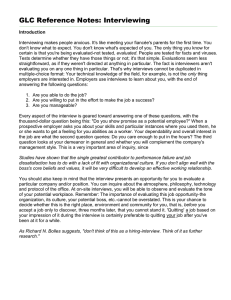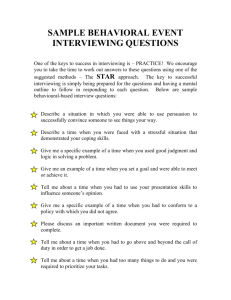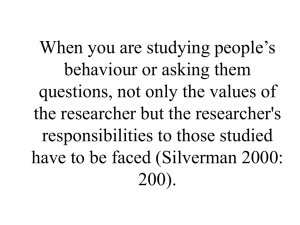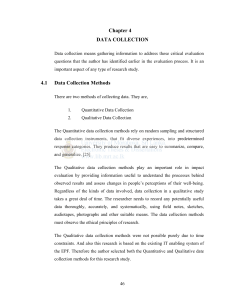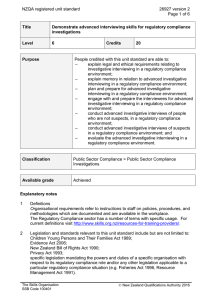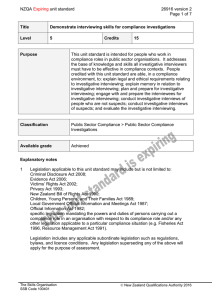116 ReqAnal
advertisement
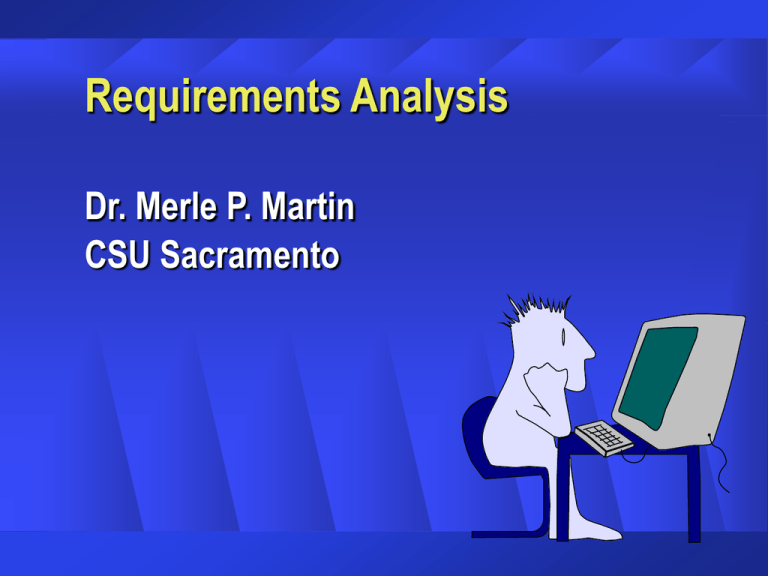
Requirements Analysis Dr. Merle P. Martin CSU Sacramento Agenda Goals Methods Interviewing Questionnaires Observation Requirements Analysis Document Requirements Analysis Goals Fully describe current system Determine ideal information system Identify resource constraints Inspire user confidence / ownership Figure 7-6, page 246 Requirements Analysis Methods Checklists pp. 228-233 Interviews Questionnaires Observation Procedure Analysis Document Survey Methods (continued) How method used Target for method (DFD) Advantages Disadvantages When method best used Interviewing Questions Who should interview? Should we take notes? How many interviewers? Structured or unstructured questions? How long should interview last? Interviewing Tips Watch the time Don’t look at watch No leading questions Listen No body language Interviewing Tips (continued) Make user feel important Be courteous / professional Don’t take exhaustive notes Use structured questions Don’t ask users to remember details use observation instead Avoid gang interviews Questionnaires Response Rate % returned questionnaire length make first part interesting place demographics at end closed questions Figure 7-5, page 240 Observation Not for long periods of time will change what you’re measuring Vary observation periods Take only minimal, pre-planned notes Coordinate visit beforehand Beware of Selective Perception! Requirements Analysis Document Parts How analysis conducted credibility restarts User Requirements System Constraints Realistic System Objectives Documentation (appendix) User Requirements User system objectives (unedited) Reports (type / frequency) User training needs Effect of new system on various users Organization Chart System Constraints Time Skills Funds Technology External factors Documentation Data collection instruments DFDs Other Concepts to Remember Requirements Analysis goals Methods (checklists) Interviews Questionnaires Observation Requirements Analysis Document

